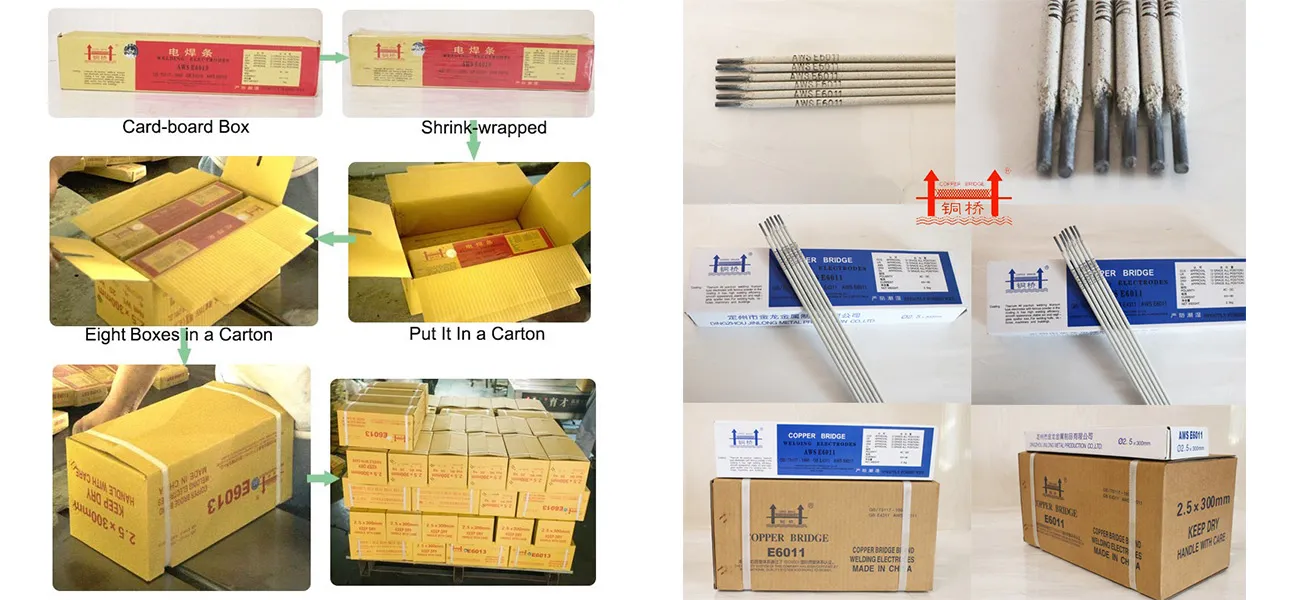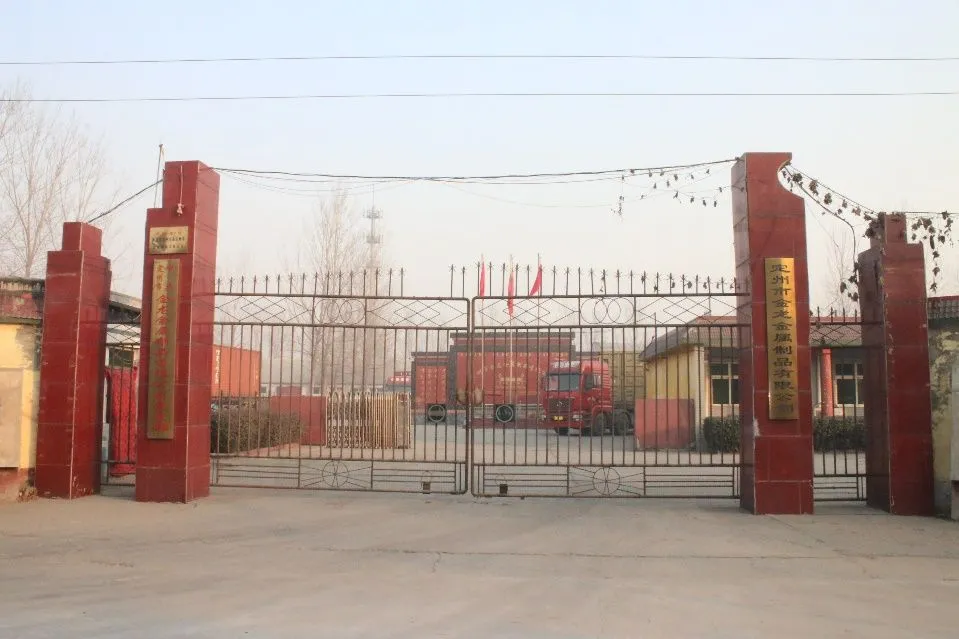nickel welding cast iron
Feb . 20, 2025 02:28
Nickel welding on cast iron is a topic that demands not only technical expertise but also a deep understanding of material properties and the intricacies of welding methods. For professionals seeking to optimize the performance and longevity of cast iron repairs, nickel welding offers a robust solution. This article delves into the unique challenges and advantages of using nickel electrodes in cast iron welding, ensuring reliable outcomes in industrial applications.
Preparation is paramount in nickel welding cast iron. Prior to welding, the area to be repaired must be thoroughly cleaned to remove any oils, paint, or rust, which could interfere with the welding process. Preheating the cast iron component is also recommended, especially in cases where the material is particularly thick. A gradual, even preheat helps to alleviate thermal shock, further mitigating the risk of post-weld cracking. Furthermore, choosing the right nickel alloy is essential. Pure nickel electrodes are suitable for most general-purpose repairs, but for applications requiring enhanced machinability or added corrosion resistance, nickel-iron or nickel-copper alloys may be preferable. The choice of alloy can significantly influence the mechanical properties and performance of the repaired cast iron component. Post-weld heat treatment is another critical factor in the success of nickel welding cast iron. A slow, controlled cooling process allows the weld and surrounding material to relieve internal stresses naturally. By allowing the component to return to ambient temperature gradually, the risk of stress-induced cracking is considerably reduced. In conclusion, nickel welding cast iron is a technique that, when executed with precision and understanding, results in durable, long-lasting repairs. The expertise in selecting appropriate nickel alloys, coupled with meticulous preparation and post-weld heat treatment, underscores the importance of handling this process with the utmost care. For industries reliant on the integrity of cast iron components, integrating nickel welding as a standard practice not only extends the service life of machinery but also solidifies trust in repair efficacy.


Preparation is paramount in nickel welding cast iron. Prior to welding, the area to be repaired must be thoroughly cleaned to remove any oils, paint, or rust, which could interfere with the welding process. Preheating the cast iron component is also recommended, especially in cases where the material is particularly thick. A gradual, even preheat helps to alleviate thermal shock, further mitigating the risk of post-weld cracking. Furthermore, choosing the right nickel alloy is essential. Pure nickel electrodes are suitable for most general-purpose repairs, but for applications requiring enhanced machinability or added corrosion resistance, nickel-iron or nickel-copper alloys may be preferable. The choice of alloy can significantly influence the mechanical properties and performance of the repaired cast iron component. Post-weld heat treatment is another critical factor in the success of nickel welding cast iron. A slow, controlled cooling process allows the weld and surrounding material to relieve internal stresses naturally. By allowing the component to return to ambient temperature gradually, the risk of stress-induced cracking is considerably reduced. In conclusion, nickel welding cast iron is a technique that, when executed with precision and understanding, results in durable, long-lasting repairs. The expertise in selecting appropriate nickel alloys, coupled with meticulous preparation and post-weld heat treatment, underscores the importance of handling this process with the utmost care. For industries reliant on the integrity of cast iron components, integrating nickel welding as a standard practice not only extends the service life of machinery but also solidifies trust in repair efficacy.
Related Video
Copyright © 2025 Dingzhou Jinlong Metal Production Co., Ltd. All Rights Reserved. Sitemap | Privacy Policy




























